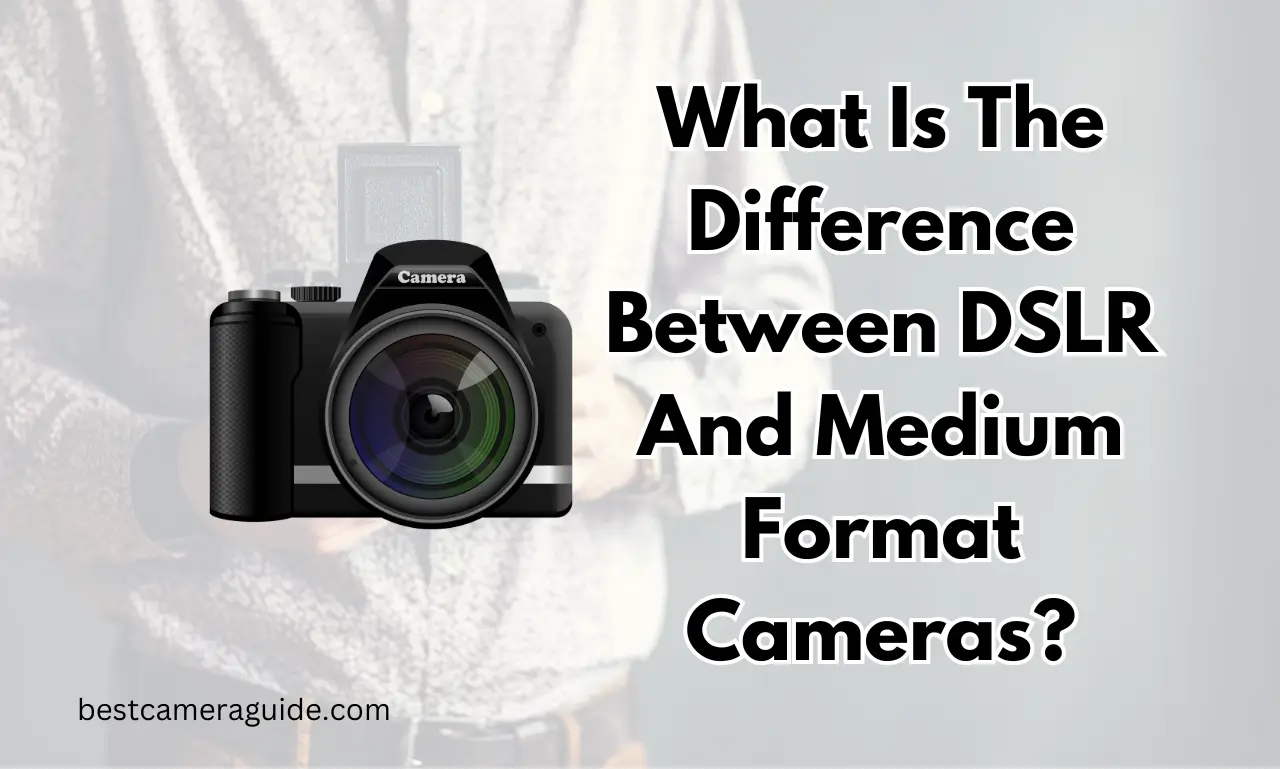Choosing the right camera can be challenging with so many options available. DSLR and medium format cameras are popular among photographers, but they serve different purposes. DSLRs are known for their versatility and are great for various types of photography.
Medium format cameras, on the other hand, offer superior image quality and are often used by professionals for studio shoots. In this article, we’ll explore the key differences between DSLR and medium format cameras. Understanding these differences will help you make an informed decision and choose the best camera for your needs.
Let’s dive in and discover which camera suits you best.
What is a DSLR camera?
| Image | Product | Price |
|
Our Pick
1
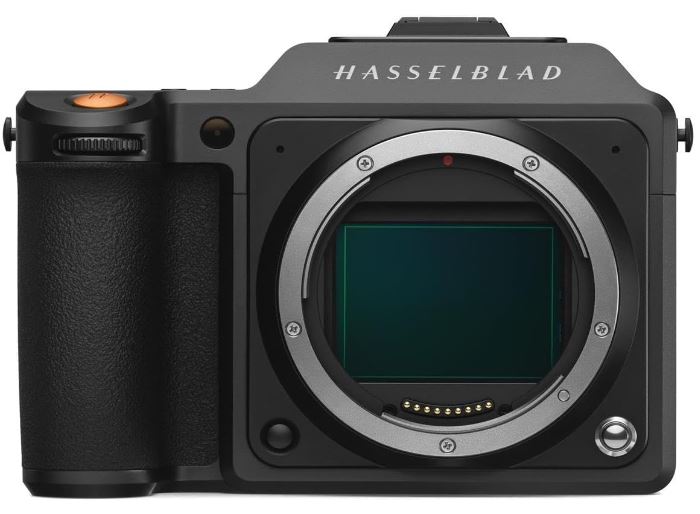
|
Hassel X1D |
|
|
2
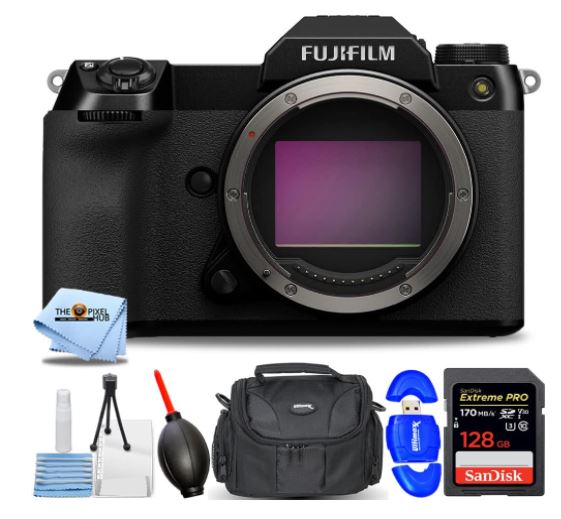
|
Fujifilm GFX |
|
|
3
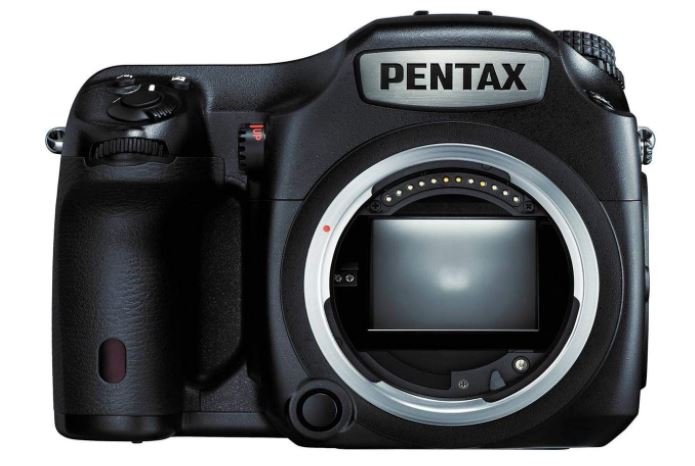
|
Pentax 6457 |
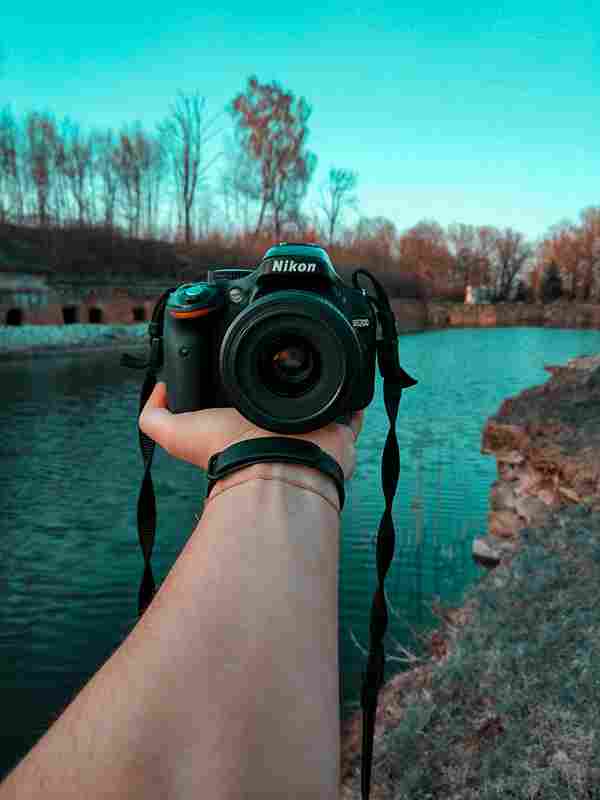
A DSLR (Digital Single-Lens Reflex) camera uses a mirror mechanism to reflect light from the lens to the optical viewfinder. DSLRs are known for their versatility and high image quality. They offer a wide range of lenses and accessories, making them popular among photographers of all levels.
What is a Medium-format camera?
A medium format camera has a larger sensor than a DSLR. This results in higher image resolution and better image quality, especially in low-light conditions. Medium format cameras are often used in studio photography for their superior detail and dynamic range.
How do DSLR and medium format cameras differ in image quality?
Medium format cameras generally offer better image quality than DSLRs. The larger sensor in medium format cameras captures more detail and provides better color accuracy. This makes them ideal for professional photography where image quality is paramount.
Which type of camera is better for studio photography?
For studio photography, medium format cameras are often preferred due to their superior image quality and higher resolution. They can capture intricate details and produce stunning, large prints. However, DSLRs can also perform well in studios, especially with good lighting and proper settings.
What are the key features of a DSLR camera?
- Interchangeable lenses
- Optical viewfinder
- Fast autofocus
- Versatile and user-friendly
- Wide range of accessories
What are the key features of a medium format camera?
- Larger sensor size
- Higher image resolution
- Better dynamic range
- Superior color accuracy
- Excellent low-light performance
How do the sensors of DSLR and medium format cameras compare?
DSLRs typically have APS-C or full-frame sensors, while medium format cameras have significantly larger sensors. This difference in sensor size affects image quality, with medium format cameras providing better detail and dynamic range.
What are the advantages of using a medium format camera?
- Exceptional image quality
- High resolution
- Better low-light performance
- Superior color accuracy
- Ideal for large prints
What are the disadvantages of using a DSLR camera?
- Smaller sensor compared to medium format
- Limited dynamic range
- Can be bulky and heavy
- Higher noise in low-light conditions
- Less resolution compared to medium format
Which camera is more cost-effective for beginners?
DSLRs are generally more cost-effective for beginners. They offer a good balance of image quality, versatility, and affordability. Medium format cameras, while superior in image quality, are much more expensive and may be overkill for those just starting in photography.
FAQs
What is the main difference between DSLR and medium format cameras?
The main difference is the sensor size. Medium format cameras have larger sensors, which provide better image quality and higher resolution compared to DSLRs.
Are medium format cameras worth the investment?
For professional photographers who need the highest image quality, medium format cameras are worth the investment. However, for hobbyists or beginners, DSLRs offer a more affordable and versatile option.
Can a DSLR be used for professional photography?
Yes, DSLRs are widely used in professional photography. They offer excellent image quality and a wide range of features that make them suitable for various photography styles.
Conclusion
Choosing between a DSLR and a medium format camera depends on your photography needs and budget. DSLRs offer versatility and affordability, making them great for beginners and enthusiasts. Medium format cameras, with their superior image quality, are ideal for professional studio work. Understanding the differences can help you make an informed decision.

